
As a parent or caregiver of a child on the autism spectrum, you’ve probably heard the term ‘shadow teacher’ before; but perhaps you are unsure of what it involves. Although the concept may appear ambiguous, many schools as well as parents of children with special needs prefer a shadow teacher to assist their children in academic and social settings.
Before we delve into the role and benefits of working with a shadow teacher, let’s briefly touch upon autism spectrum disorder (ASD). As we know, ASD is a neurodevelopmental condition that primarily affects communication, social interaction, and behavior. It’s a spectrum, meaning that the challenges and strengths vary from one child to another. With early intervention and support, children with autism can make remarkable progress in various aspects of their lives.
Who is a Shadow Teacher?
A shadow teacher, often referred to as a one-on-one aide or paraprofessional, is a trained individual who works alongside your child in educational or social settings. Their primary aim is to provide personalized support, helping your child thrive in environments that may otherwise be overwhelming. They also provide individualized assistance to help the student excel in various activities throughout the school day.
Shadow teachers accompany the child in a standard classroom environment, ensuring they receive essential social, physical, and educational support. The ultimate objective is to facilitate these children’s integration into mainstream classrooms, equipping them with the skills and confidence to function within an educational setting. In some cases, they can also help address sensory goals in collaboration with the child’s occupational therapist.
The Indispensable Role of a Shadow Teacher for Children with ASD
- Tailored Support: One of the most significant advantages of a shadow teacher is their ability to provide highly personalized support. They understand your child’s unique strengths and challenges, allowing them to adapt teaching methods and strategies accordingly. Moreover, these professionals take the time to comprehensively grasp your child’s strengths, weaknesses, and learning preferences. This deep understanding enables them to design teaching methods and strategies that resonate with your child, promoting effective and personalized learning experiences.
- Academic Progress: In educational settings, a shadow teacher supports your child’s learning journey. They break down tasks into manageable steps, provide visual aids, and offer the necessary assistance to ensure academic success. Moreover, a shadow teacher plays an important role in providing additional support throughout the school day, academically as well as psychologically.
- Social Interaction: Beyond academics, shadow teachers play a pivotal role in fostering your child’s social and behavioral development. Children with autism may struggle with social interactions. In this regard, a shadow teacher can help navigate these interactions, teaching your child essential social skills and helping them form meaningful connections with peers. They also offer guidance on building necessary social skills, promoting positive behavior, and enhancing emotional intelligence, ensuring your child thrives in various aspects of life.
- Communication: Effective communication can be a hurdle for children with autism, and in this regard, a shadow teacher’s expertise in communication extends beyond speech alone. They employ a holistic approach, addressing verbal and non-verbal communication, and tailor their strategies to your child’s unique needs. They also work on improving fundamental communication skills through approaches such as non-verbal communication methods and augmentative and alternative communication (AAC) devices.
- Behavioral Support: Managing challenging behaviors is an integral part of a shadow teacher’s role. They conduct thorough assessments and behavioral analyses to gain a deep understanding of the underlying causes of challenging behaviors. This process involves identifying triggers, antecedents, and consequences to develop a holistic view of your child’s behavior.
Ultimately, one of the main goals of autism care is to help your child become more independent in their daily lives. A shadow teacher gradually fades their presence as your child gains confidence and skills, ensuring they can navigate social and academic situations effectively. Furthermore, the partnership between parents, teachers, and shadow teachers is paramount. While open and consistent communication is key, regular meetings can further help align these collaborative efforts and ensure that your child receives the most effective support.
A shadow teacher is not just an aide but a bridge between your child’s diagnosis and a world of possibilities.
These trained professionals are here to guide, support, and empower your child to reach their full potential. Remember, you are not alone – our dedicated team at Early Autism Services (EAS) is here to walk beside you and your little one.
Your child’s progress may have its ups and downs, but with your encouragement and the invaluable support of a shadow teacher, every small step forward is a monumental achievement. So, get in touch with our autism care experts now and choose the best for your child’s future.



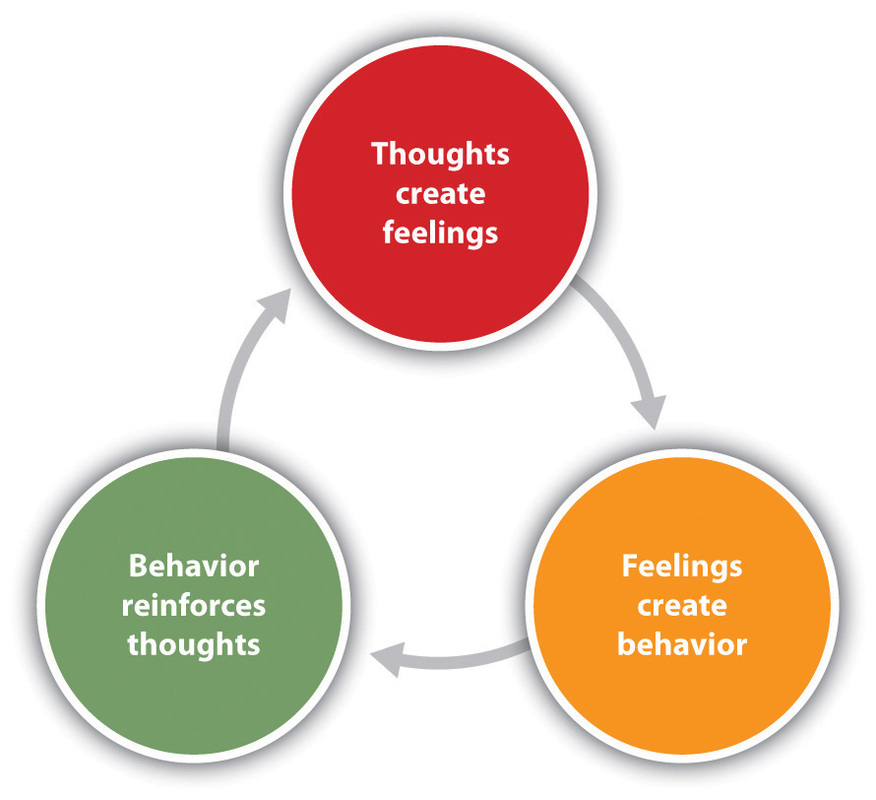
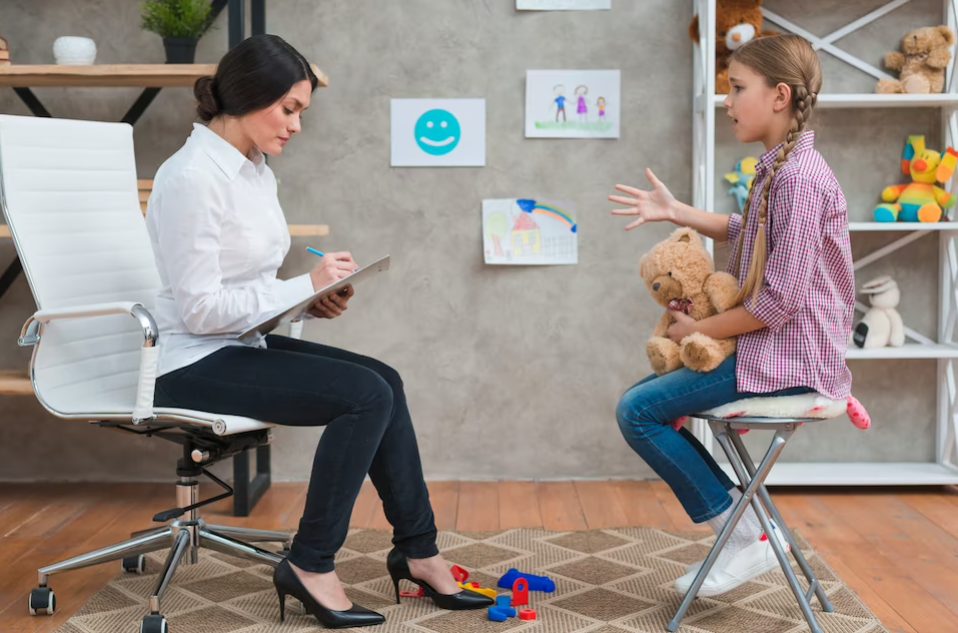 During cognitive behavioural therapy sessions, your child works hand in hand with trained behaviour analysts, such as those at
During cognitive behavioural therapy sessions, your child works hand in hand with trained behaviour analysts, such as those at







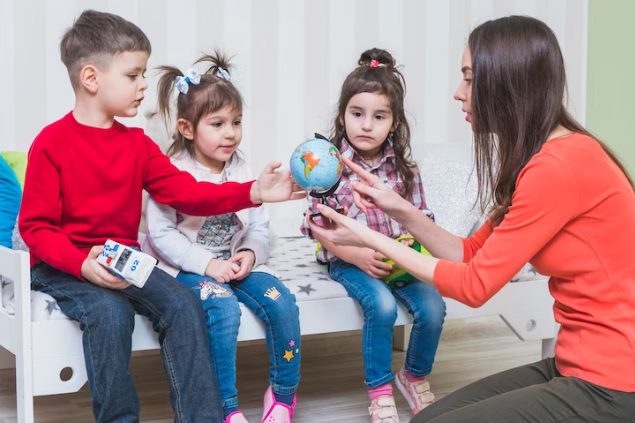

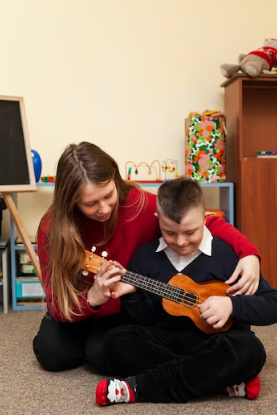
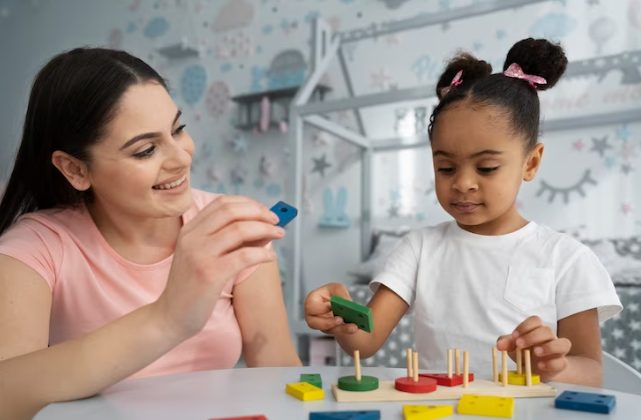









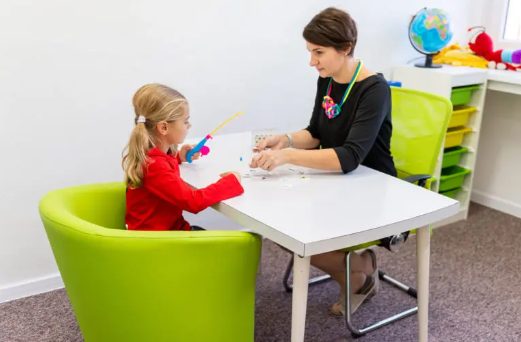




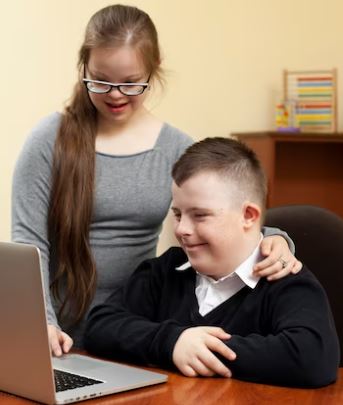





Recent Comments